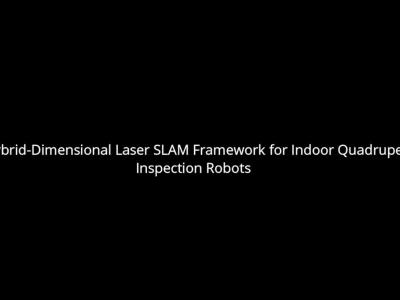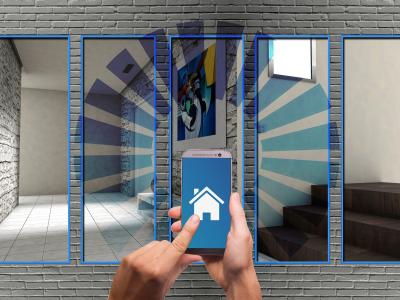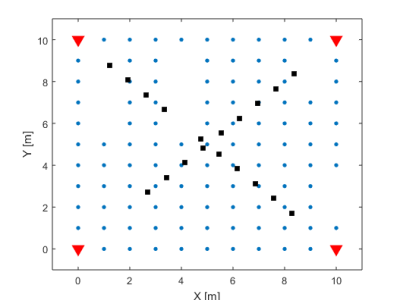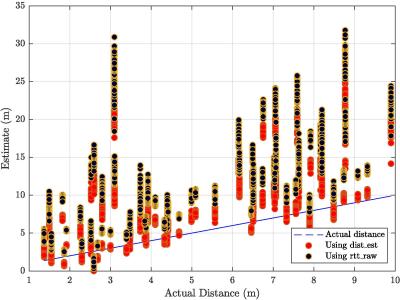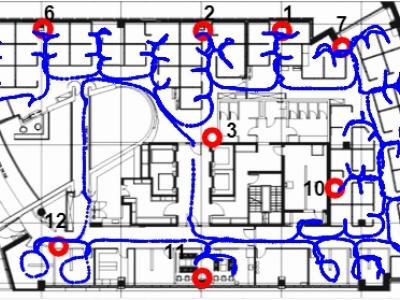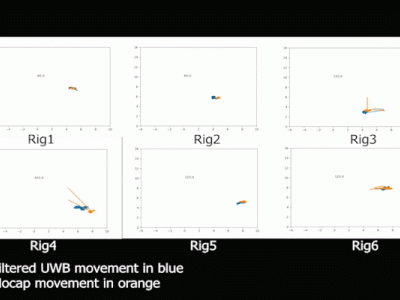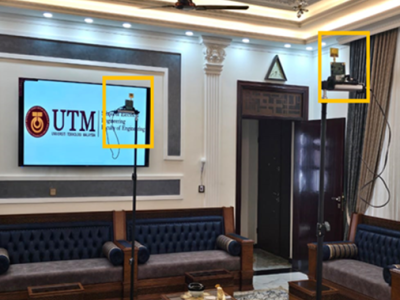
The accurate distinction between line-of-sight (LOS) and non-line-of-sight (NLOS) propagation channels is paramount for precise distance measurement within ultra-wideband (UWB) indoor localization systems. In complex and dynamic environments, such as those encountered in the indoor positioning of autonomous mobile robots or vehicles, UWB signal propagation is particularly susceptible to NLOS conditions.
- Categories:

